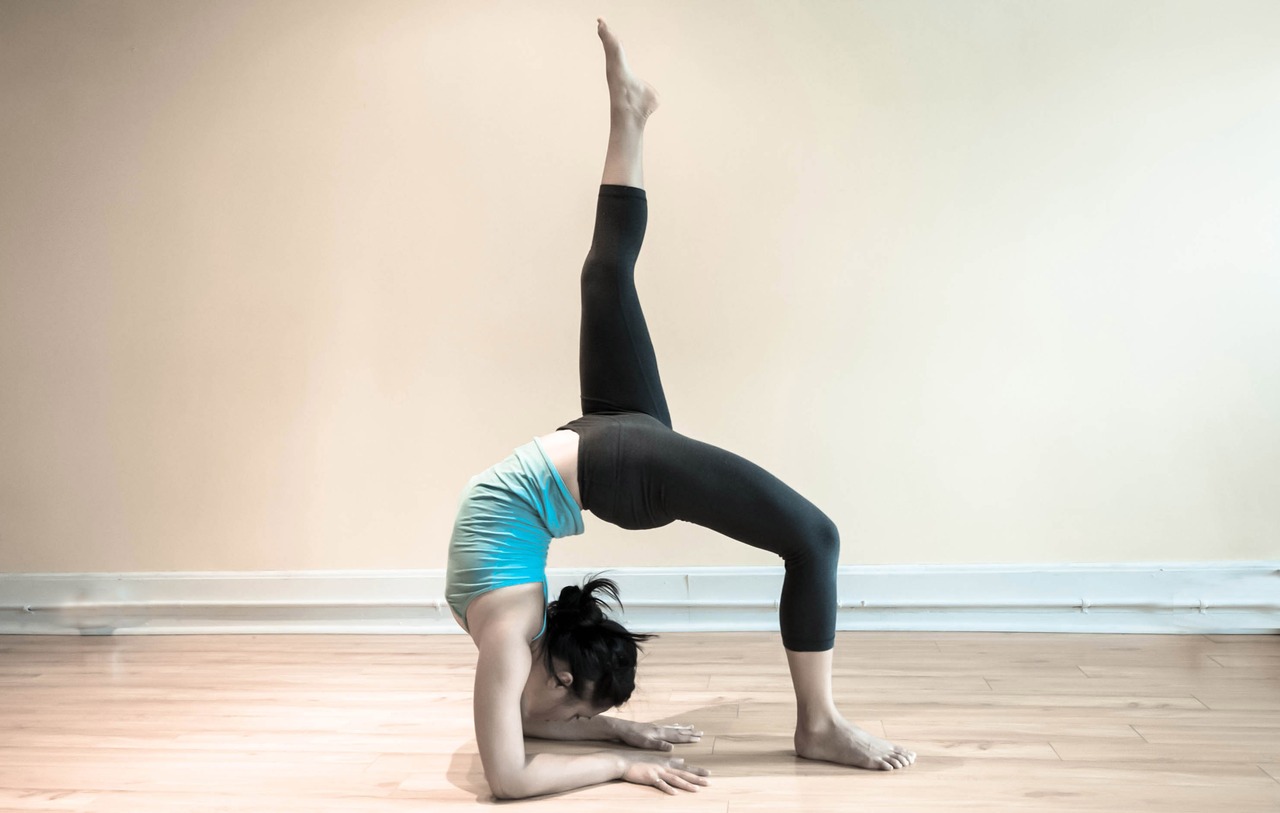why Inverted Asanas is the best asana
INVERTED ASANAS
This important group of asanas must be performed correctly and under the right circumstances. If not, they will be of little or no benefit and can even cause harm to the practitioner.
Inverted asanas encourage a rich supply of blood to flow to the brain, nourishing the millions of neurons and flushing out the toxins that accumulate there. Thus the controlling center of the body is encouraged to work more effectively. As a consequence, all the organs, muscles, nerves, etc., function nearer to their optimum capacity. The mental power, concentration and ability to sustain large amounts of work without strain are improved. Anxiety, stress and neurosis are reduced if not removed. The enriched blood flow to the brain also allows the pituitary, the master gland of the endocrine system, to operate more efficiently. This has a positive influence on the personality, the way of thinking and the body processes.
Blood that tends to accumulate in the lower limbs and the abdomen is drained back to the heart. Then it is circulated to the lungs, purified and re-circulated to all parts of the body, providing nourishment to the cells of the entire human organism.
During inverted asanas the respiration becomes slow and deep. This maximizes the expulsion of carbon dioxide and the intake of oxygen. Most people unknowingly starve their bodies of oxygen by incorrect breathing: short, shallow inhalations and exhalations which neither supply the lungs with enough air, nor expel the accumulated stale air. Inverted asanas encourage correct respiration and allow the lungs to function as they should, bringing noticeable benefits to the practitioner.
RULES FOR PRACTICING INVERTED ASANAS
As already mentioned these asanas are very important and must be practiced with adequate care paying proper attention to the basic rules listed below:
- Do not practice inverted asanas until at least three hours after taking food.
- Do not perform any inverted asanas immediately after vigorous exercise. Wait for half an hour to allow the body to remove the waste products of muscular metabolism from the blood.
- People with illnesses that tend to make the blood impure should not do inverted asanas until their blood becomes reasonably pure. Those people who are uncertain about the purity of their blood should seek the advice of a yoga teacher or doctor.
- Do not practice these asanas if you have spinal problems, especially a slipped disc.
- Do not practice these asnas near furniture or anything that might impede a free fall to the ground. During either a backward or forward
- fall the practitioner must sustain the force of the fall with the feet.
- While falling, the body should be completely relaxed, never tense.
- Beginners should only remain in the final pose for a few seconds.
- When they can successfully maintain the position without the slightest difficulty, the time can be increased by a few seconds daily until the final pose is maintained for the period of time recommended for each asana.
- In case of any discomfort, discontinue the practice. Do not repeat it at that particular time.
- Always practice these poses on a folded blanket thick enough to protect the neck and head; never practice on a mattress, spring bed or air cushion.
- Assume the postures slowly and gently.
- Always follow inverted asanas by shavasana and rest until the breath and heartbeat are completely normal.
Next Part…



Facebook Comments